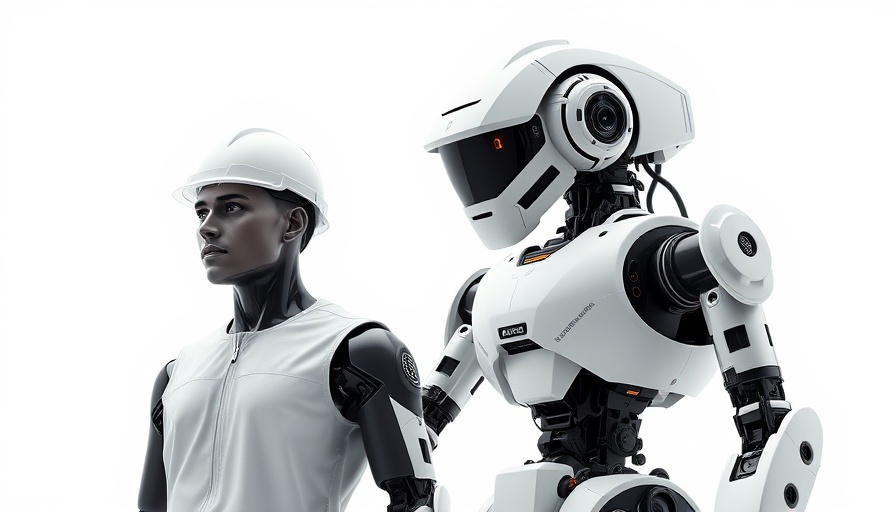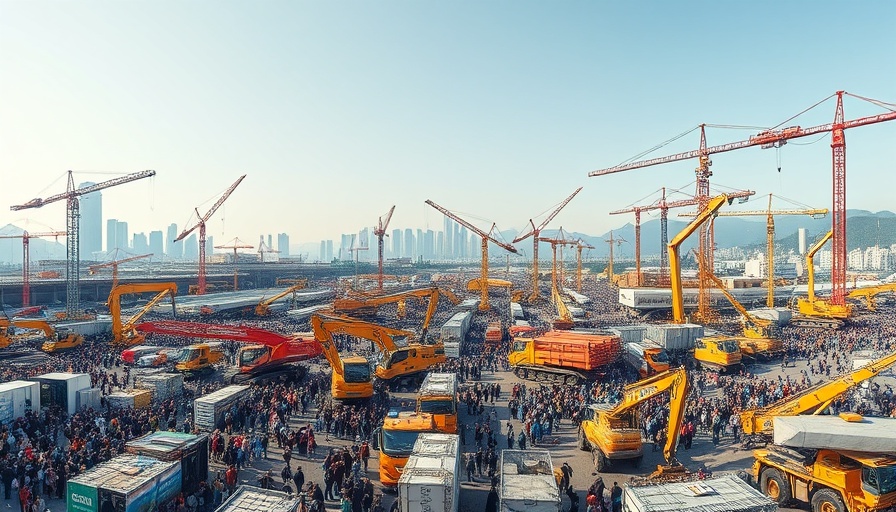
Meet Zyrex: The Future of Construction Robotics
Imagine a construction site where heavy lifting and complex tasks aren’t just completed by human hands, but also by a towering, intelligent robot. Enter Zyrex, the latest creation from RIC Robotics, a company well-known for pushing the bounds of technology in the construction sector. Standing at 20 feet tall, Zyrex is being dubbed the "world's first Giantroid," a powerful and versatile general-purpose construction robot designed to tackle the industry’s pressing challenges.
Addressing Labor Shortages in Construction
As the construction industry grapples with a significant labor shortage, driven in part by an aging workforce and a lack of skilled workers, Zyrex offers a forward-thinking solution. Ziyou Xu, the founder of RIC Robotics, highlights this need: “We’re not just building another robot – we’re engineering the future of construction.” This revolutionary robot is aimed to perform skilled labor efficiently, covering jobs ranging from material handling and welding to carpentry and exterior finishing.
The Technology Behind Zyrex
Powered by cutting-edge VLA (vision-language-action) AI models and equipped with LiDAR technology, Zyrex can navigate complex job sites autonomously while ensuring safety and accuracy. With 26 degrees of freedom and interchangeable tool modules, it’s designed to handle both intricate and heavy-duty tasks with ease. The robot is battery-powered, featuring self-changing battery packs to keep it operational without interruption.
A Two-Phase Development Approach
RIC Robotics anticipates rolling out Zyrex in two phases to maximize its potential in the field:
-
Phase 1: Human-Assisted Operation AI Model Training
During this phase, operators will control Zyrex using virtual reality and physical simulators while the machine collects real-time data from job sites. This information will be integrated with Building Information Modeling (BIM) to improve build accuracy and safety. -
Phase 2: Full Autonomy
In the second phase, Zyrex will utilize the AI models it trained during Phase 1 to undertake skilled tasks completely on its own, significantly reducing the risk associated with high-risk construction jobs.
From 3D Printing to General Purpose
Zyrex will build on the technology of RIC Robotics’ previous model, the RIC-Primus, known for its high-speed 3D construction capabilities. However, Zyrex aims to go beyond just 3D printing, offering multifaceted functionalities that can serve as a comprehensive labor solution throughout the construction sector.
Anticipated Launch and Market Impact
A working prototype of Zyrex is expected to debut in early 2026, priced under $1 million with leasing options starting below $20,000 monthly. This strategic pricing indicates RIC's intention to make such advanced technology accessible to a broader range of contractors, thus sparking interest and investment in construction tech.
Potential Challenges and Industry Readiness
Despite the excitement surrounding Zyrex, the transition to autonomous construction robotics will not be without its challenges. Concerns about job displacement in the construction workforce and the reliability of AI in unpredictable environments remain prominent. The industry must strike a balance between harnessing robotic efficiencies and maintaining skilled labor roles, ensuring workers are trained to collaborate with these advanced systems rather than be replaced by them.
Final Thoughts: A Pivotal Step in Robotics
Zyrex represents a pivotal step in transforming how we think about construction labor. As robotics and AI continue to evolve, the potential to enhance safety, efficiency, and accuracy in building processes looks promising. For contractors and service providers, the advent of such technology opens the door not only to improved operations but also to new business opportunities that leverage these innovations.
Call to Action: As the construction landscape evolves with advancements like Zyrex, it’s crucial to keep abreast of these changes. Embrace technology in your operations, consider how you can integrate innovative solutions in your projects, and be prepared to adapt to the future of construction.
 Add Row
Add Row  Add
Add 






Write A Comment